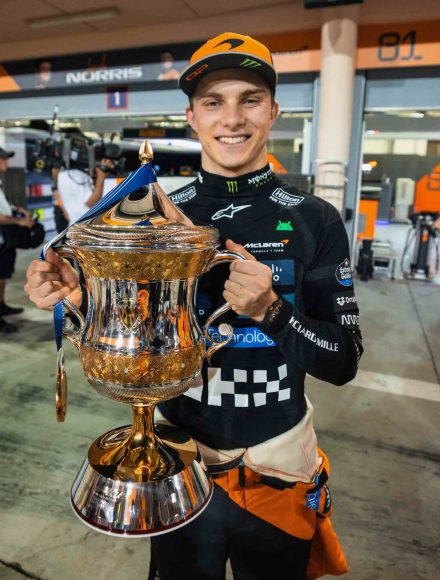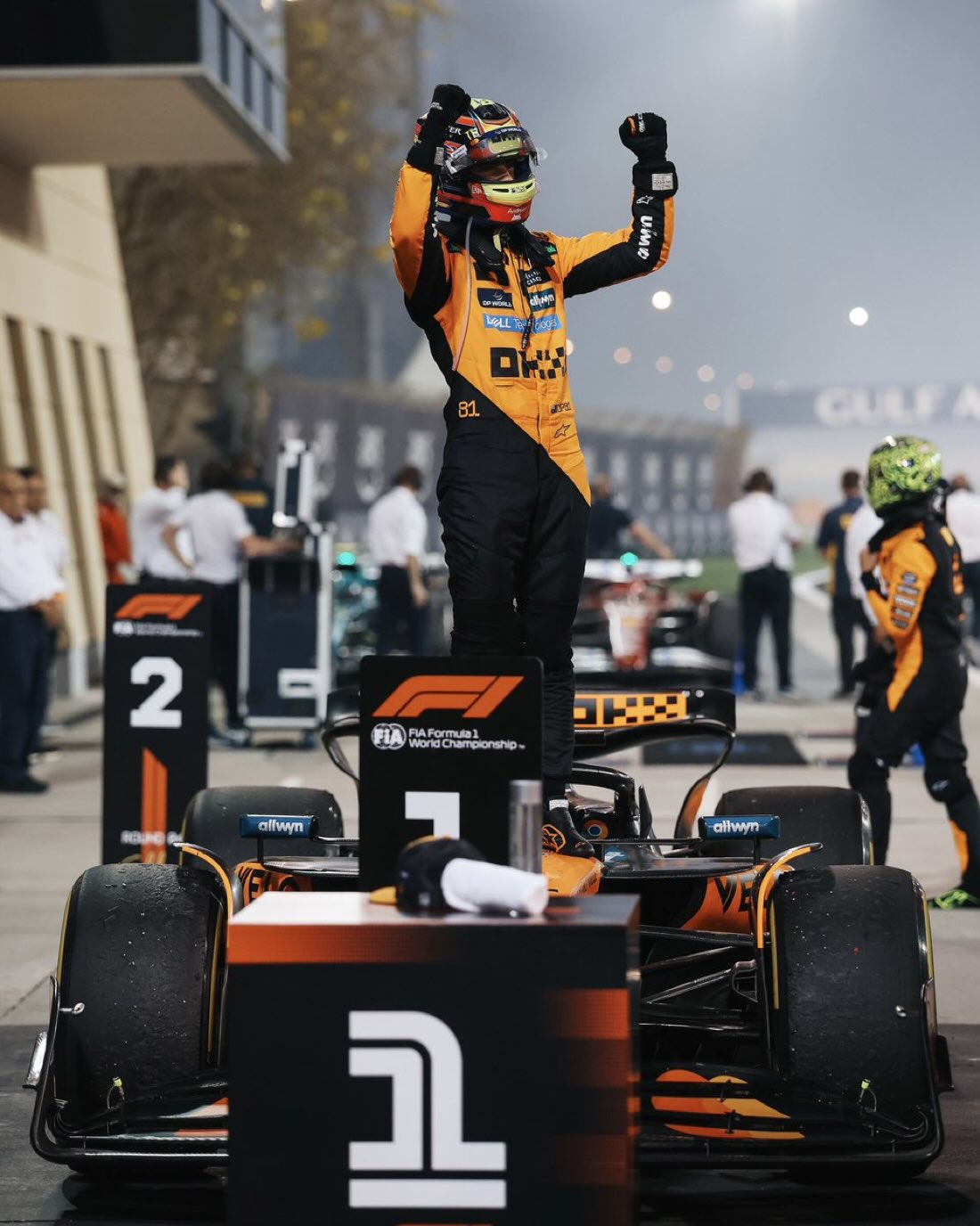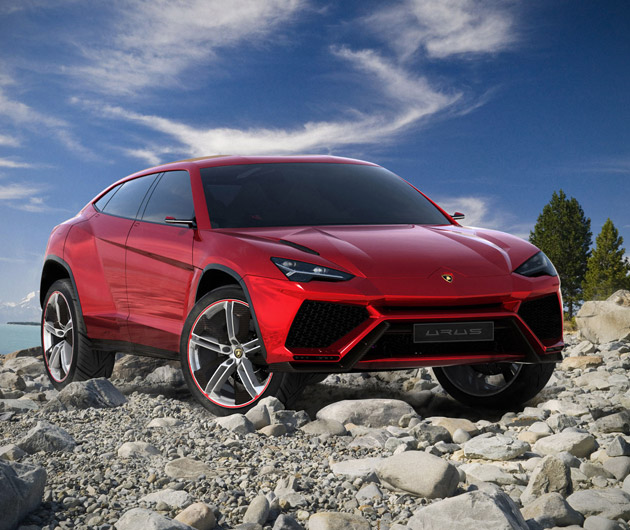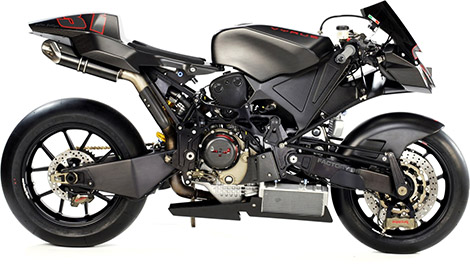Piastri nukes Bahrain: McLaren brings a flamethrower to F1’s desert party

Allison’s out on holiday this week, so I’m stepping in to cover the chaos from Sakhir.
Oscar Piastri didn’t win Bahrain; he ransacked it. Under the desert floodlights, the Aussie delivered a drive that made McLaren’s rivals look like they were racing in slow motion. It was his second victory of the season and McLaren’s first real breakthrough in Sakhir,, a track that had long haunted them. No hesitation. No prisoners.

Sakhir’s abrasive surface and unforgiving corners have never been kind to McLaren. The circuit exposes balance flaws and punishes indecision. Yet somehow, the MCL39 looked perfectly tailored to the task. From first practice, Piastri was firing off purple sectors with confidence. Qualifying came, and he delivered a lap so precise it looked computer-generated. A 1:29.841 locked in pole and silenced the doubters. While other teams scrambled for answers, McLaren cruised into the weekend with swagger.
PAPAYA DETONATES EARLY—AND EVERYONE NOTICED
Friday wasn’t a warm-up session. It looked like McLaren had arrived with unfinished business. Piastri and Norris charged through Sakhir’s layout with a level of authority that left the rest of the paddock second-guessing their setups. Red Bull wrestled with handling inconsistencies while Ferrari’s new components didn’t yield the expected gains. The MCL39 flowed through the middle sector, confident and composed, showing a level of balance other teams couldn’t replicate.
McLaren didn’t need brute force to command the session. The car’s responsiveness and grip allowed it to navigate Bahrain’s trickiest corners with an ease few others could manage. Andrea Stella didn’t elaborate much in the press briefing, but his tone told the story. Something had shifted. Bahrain, once a landmine, now looked like McLaren’s playground.
SATURDAY’S QUALIFYING BLOODBATH
Qualifying turned tension into a rout. Verstappen couldn’t find the rhythm. Mercedes delivered a promising pace only to get caught out with pit lane infractions. Meanwhile, Piastri walked into Q3 like he had the track memorized in his sleep. Three precise sectors are locked together to seal the pole.
Russell originally lined up alongside him, but penalties reshuffled the grid and bumped Leclerc to the front row. Norris, still fighting the car’s setup, landed in sixth. Not an ideal position, though still one with strategic options.
The paddock mood shifted. The narrative was no longer about McLaren holding position. The focus turned to whether anyone else could step up and challenge.
PIASTRI SENDS A DESERT WARNING SHOT
When the lights went out, Piastri reacted like a man on rails. Russell challenged into Turn 1 but went deep, locking up and fading into the background. From there, Piastri’s performance was all about control, pacing, strategy, and execution. He ran the race like he was checking off a to-do list.
Leclerc’s moment came and went during the pit shuffle. His stint on medium tires gave Ferrari a brief opening, though Piastri methodically shut the door. Norris, hit with a grid box penalty, surged through the field with urgency. His recovery drive reflected a driver aware he’s working with a car built to contend.
The safety car brought one last threat. Gaps erased, tension rising. But the restart was all Piastri. He timed it clean, opened a gap instantly, and snuffed out any lingering doubt. It was the kind of restart that turns race engineers into believers.
Russell, despite limping through the race with DRS and gearbox issues, held his ground. His tire gamble, which involved using soft tires for 24 laps, balanced on the edge between risk and brilliance. Norris eventually closed in, but Russell kept him at bay. Between them, the podium reflected three distinct challenges—each resolved through calculated aggression.
By the time Piastri crossed the finish line, the stopwatch told the story: a 15.5-second margin of victory. No subtlety. No room for misinterpretation.
CHAMPIONSHIP EARTHQUAKE: MCLAREN’S GOT THE HAMMER NOW
The standings have been shaken into a configuration no one predicted at the start of the year. Norris leads the Drivers’ Championship with 77 points, just ahead of Piastri at 74. Verstappen trails with 69, and Russell, a steady presence, follows with 63.
The Constructors’ picture reflects even greater momentum. McLaren holds a 58-point buffer over Mercedes. In a season where most teams are chasing consistency, McLaren is defining it on their own terms. This track had been their stumbling block. Now it’s just another stamp in their logbook.
Teams that transform past struggles into weapons tend to change the course of the season.
RED BULL, MEET THE WALL
Bahrain wasn’t a blip for Red Bull. It was a gut check. Verstappen’s car never looked settled, plagued by understeer and a lack of traction. Errors crept in across the board—setup, execution, pit stops. One pit light malfunction. One botched tire change. They all added up.
By Sunday night, sixth place was all Verstappen could muster. Helmut Marko, predictably blunt, dismissed the effort as unacceptable. The façade of domination is cracking, and rival teams can smell blood.
Whether this is a one-race anomaly or something more systemic remains to be seen. But the RB21 looked vulnerable in ways that haven’t surfaced in recent memory.
MIDFIELD WARRIORS THROW PUNCHES
Beyond the podium, the midfield turned up the volume. Bearman clawed his way from 20th to 10th, making the kind of moves usually reserved for veterans. Ocon muscled his Haas into eighth with methodical aggression. Gasly brought Alpine to life with a well-timed charge that finally delivered points.
Each point scored in the midfield is a high-stakes transaction. Constructors’ cash, development leverage, and sponsor attention all hang in the balance. These drivers feel that pressure and race like every overtake could determine their team’s future.
Haas, Alpine, even Sauber aren’t just placeholders this season. They’re in the thick of it, and Bahrain underscored that fact.
SAUDI SHOWDOWN: JEDDAH’S CONCRETE CANYON AWAITS
Next stop: Jeddah. Fast, narrow, unforgiving. It’s a track where bravery meets precision, and where momentum can vanish in one corner.
McLaren arrives with momentum that looks increasingly sustainable. Red Bull enters on the defensive. Mercedes continues to build with Russell’s consistency, and Ferrari’s incremental progress can’t be ignored.
Four races in, four different winners. Any sense of hierarchy has already been scrambled. The grid is volatile, the competition is alive, and McLaren isn’t showing up with restraint. They’re bringing fire. Let’s see who survives it.




